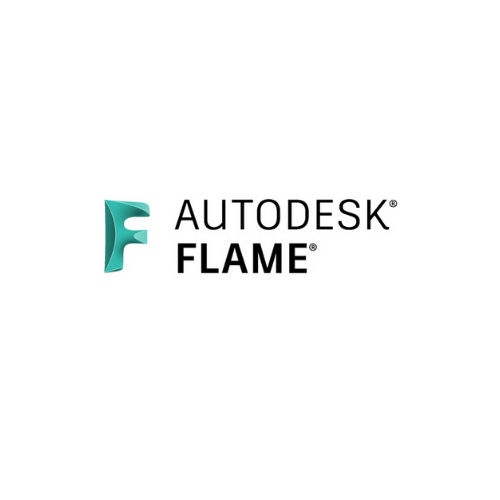
Wait some seconds that all services are correctly started before staring Flame Family products.Ĭhanging a new point's position on a curve using the Pos Y numeric field doesn't work for points that were added using a shortcut.Įxplicitly select the point you just added before changing its value using a numeric field. On macOS, the application might not start normally when quickly pressing the Start Flame button after the installation. Rendering the timeline with C-mode in Lustre or hard commit the segments in Flame before you send them to Lustre. Lustre shows negative handles on timeline segments that have virtual handles and a transition between them in Flame. If you are in the Slicing menu when using the small side menu for Physical Defocus, selecting the Position widget will keep switching back to the Focus menu. Enable back Resize and CM once cache is completed.Flush source media and cache (on some occasions, re-caching automatically triggers after disabling Resize and CM.Wire the clip with Resize and Colour Management.When transferring cached content with Colour Management and Resize (defined in MediaHub as Import Options) using MediaHub/Project, resulting content will show checkerboard media.
#AUTODESK FLAME 2022.2 UPDATE#
Using the Camera Analysis on high-resolution media can result in a freeze or hang with certain hardware platforms.Īs of Flame 2022.1 Update you can select 'Fast' or 'Intermediate' to analyze at a lower resolution in the Camera Analysis node.
#AUTODESK FLAME 2022.2 MAC#
The application might crash when enabling the "DVI/HDMI Output" broadcast monitor on a Mac with dual monitors and the "Displays have separate spaces" parameter disabled in Mission Control.Įnable the "Displays have separate spaces" parameter in Mission Control (System Preferences). The body can’t cope with constantly overloading every few weeks.If 'Vertices Softness' is selected in Action Preferences, creating a free-form GMask will result in a crash.Įxpressions from nodes pasted in a new Batch Group still reference the nodes in their original Batch Group. These periods will include de-load weeks which allow the body to recover. This helps stay on track and manage the workload appropriately.

Those with a long term plan will have a periodised program that break the weeks, months or years down to smaller timeframes. Considerationsĭiet, sleep, stress and monitoring fatigue all play a part in achieving the best results from training. Everyone is different but increasing a variable to overload the body should occur every few weeks. Injuries can occur from pushing yourself too hard or too fast or not allowing enough recovery time. The training stimulus should only increase without exceeding the persons ability to adequately recover. Progressive overload should be done gradually.

This process of tearing down and repairing is essential to building muscle. Muscles will become stronger in an attempt to be able to cope with the demand placed on it during training. When you rest, it allows the muscles to repair themselves. When you perform strength training, any stress you put on your muscles will cause your muscle fibres to break down. This is why overloading our muscles is so important and is the driving force behind muscle protein synthesis. Performing the same exercise with the same weight for the same sets and reps results in a training plateau. Without progressively overloading our systems, we cannot grow.

Changing too much at once may not have the desired effect or result in injury. It is recommended to only change one of these variables at a time. Increasing the number of sets, repetitions, weight, volume or by decreasing rest time drives these adaptations. This drives adaptations such as strength, muscle growth (hypertrophy) and muscular endurance. It requires gradually increasing one part of an exercise program to induce greater stress on your musculoskeletal and nervous system. Progressive overload is a strength-training principle but can be applied to any form of training.


 0 kommentar(er)
0 kommentar(er)
